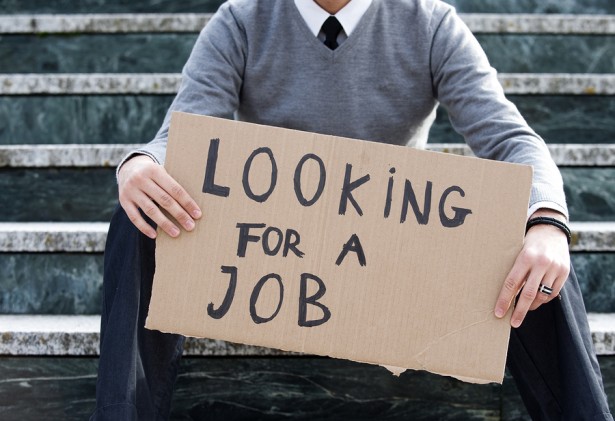The number of Americans filing for unemployment benefits unexpectedly rose by 11,000, a two-month high, to a seasonally adjusted 315,000 in the week ending Sept. 6. This data disrupted the steady decrease to the lowest level since prior to the Great Recession.
The Labor Department report highlighted that this was the highest figure since Jun. 28 and actually surpassed the Bloomberg and Reuters economists survey median forecast of 300,000. Officials say the figures included the Labor Day holiday and noted that jobless claims usually fluctuate a lot more during the holidays.

Initial claims have been nearing pre-recession lows due to the labor market gaining back some of its momentum it had before the financial collapse. The strengthening of the job market can be directly related to higher demand, which could prompt employers to start raising wages and then lead to a boost in consumer spending.
“In the big picture, I suspect that today’s reading is closer to the ‘true’ trend than anything we saw in July or August. Having said that, I must acknowledge that the latest reading corresponds to a holiday week and thus has an unusually high possibility of distortion,” said Stephen Stanley of Pierpont Securities in a note to clients (via MarketWatch).
Labor Market Remains Questionable
However, many workers are still feeling the effects of losing a job. One of these effects is long-term unemployment: one-third of Americans out of work have been seeking out a job for least six months.
Last month, hiring also experienced a slowdown as employers only added 142,000 jobs. The unemployment rate declined to 6.1 percent by 6.2 percent amid more workers dropping out of the workforce entirely.
Although the White House and Democrats in Washington tout the economic recovery put forward by this administration, many still concur that a lot more still needs to be done, even five years after the recession officially ended, according to the Washington Post.
“This figure is a marker of the progress that has been made, but also a reminder that more must still be done to create jobs, especially for the long-term unemployed, and grow the middle class,” said Jason Furman, chairman of the Council of Economic Advisers, in a statement.
The Federal Reserve, meanwhile, will likely wait for more data before it decides on its next policy measure. The U.S. central bank has already confirmed it won’t be raising rates anytime soon, but will likely move forward with another reduction of its massive quantitative easing program.
The Fed has been keeping interest rates artificially low in order to spur the economy, hiring and wages. However, the wage growth is vastly under the 3.5 percent rate with the Fed’s inflation target of two percent. Fed Chair Janet Yellen conceded that the labor market is probably a lot worse off than what the unemployment figure suggests.
Another negative indicator for the economy: the labor force participation rate, which currently stands at a 36-year low of 62.8 percent. This number is down from Aug. 2009’s 65.4 percent.
In the meantime, business analysts and financial experts will play the waiting game:
“We’ve seen improvement, but not quite what I would describe as robust growth,” Chief Financial Officer Floyd Fitz-Hubert Chadee said at a Sept. 4 investor conference. “The most recent reports would seem to point a more optimistic view of employment growth than one might have anticipated, say, 12 months ago, so we’ll wait to see how that plays out.”



